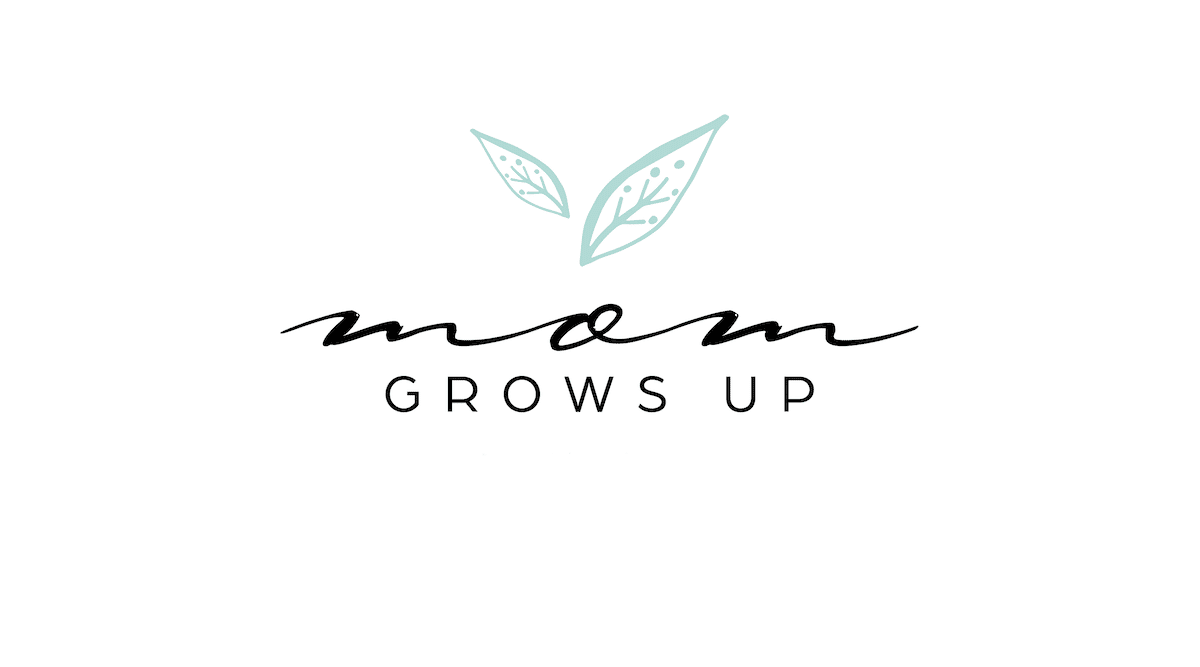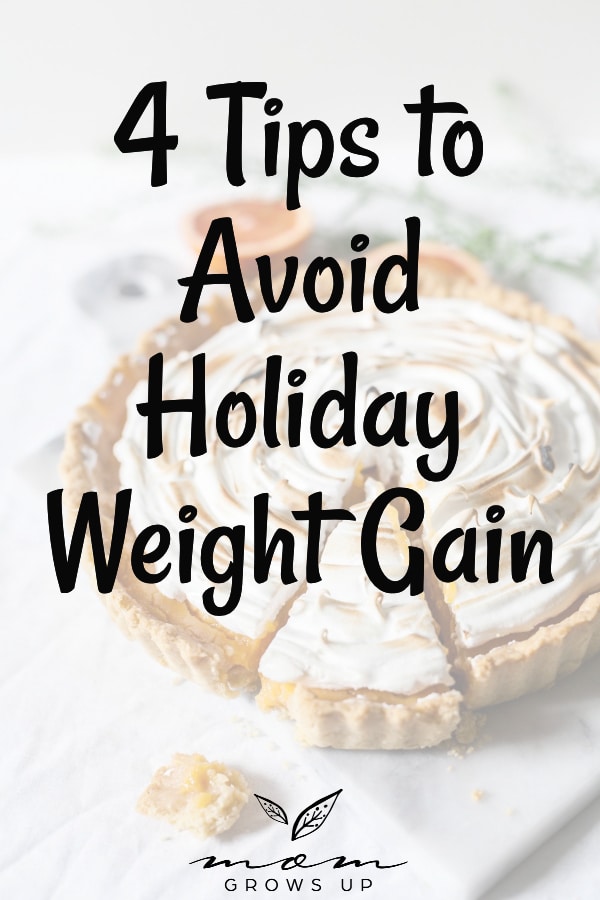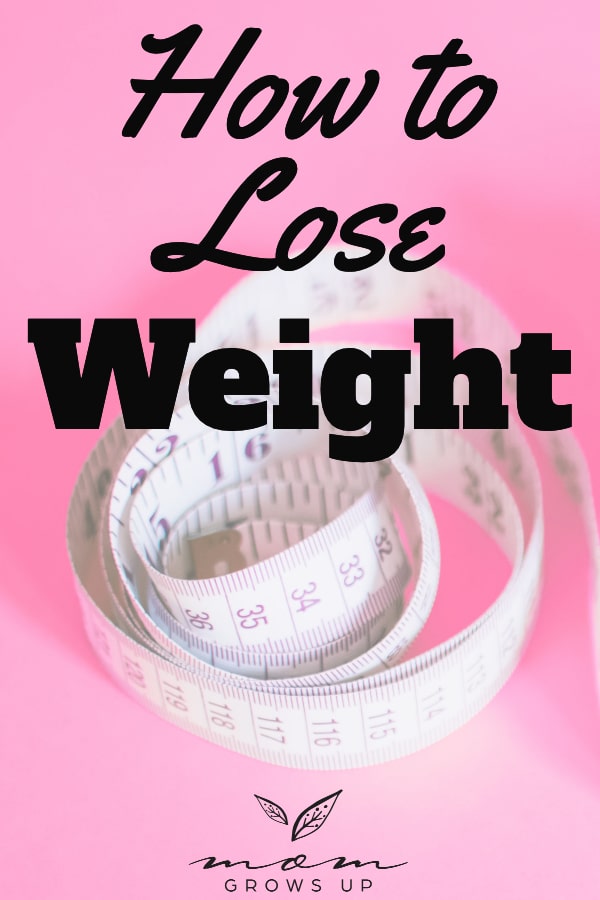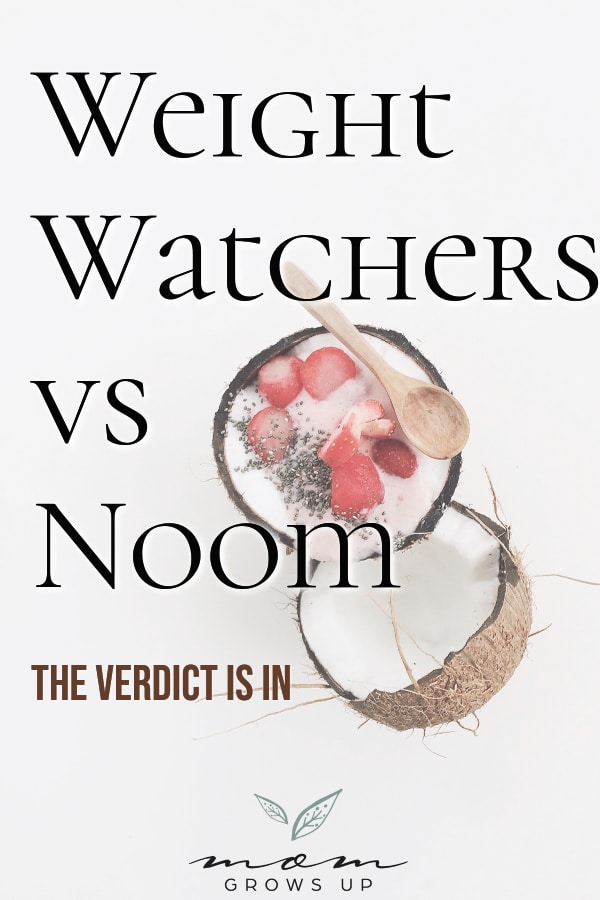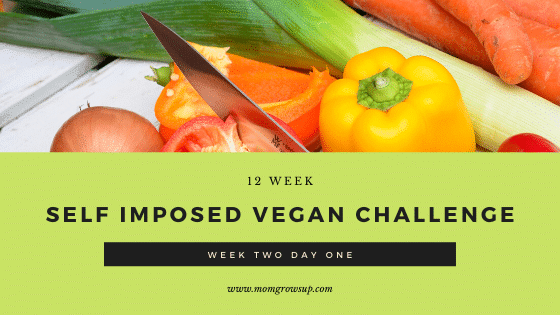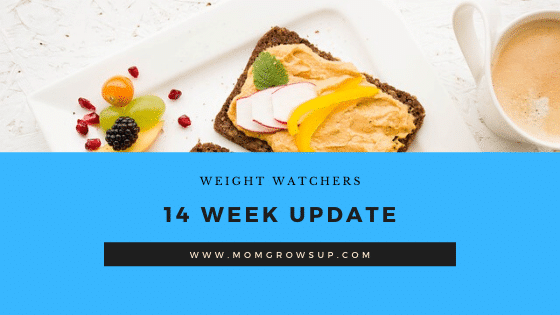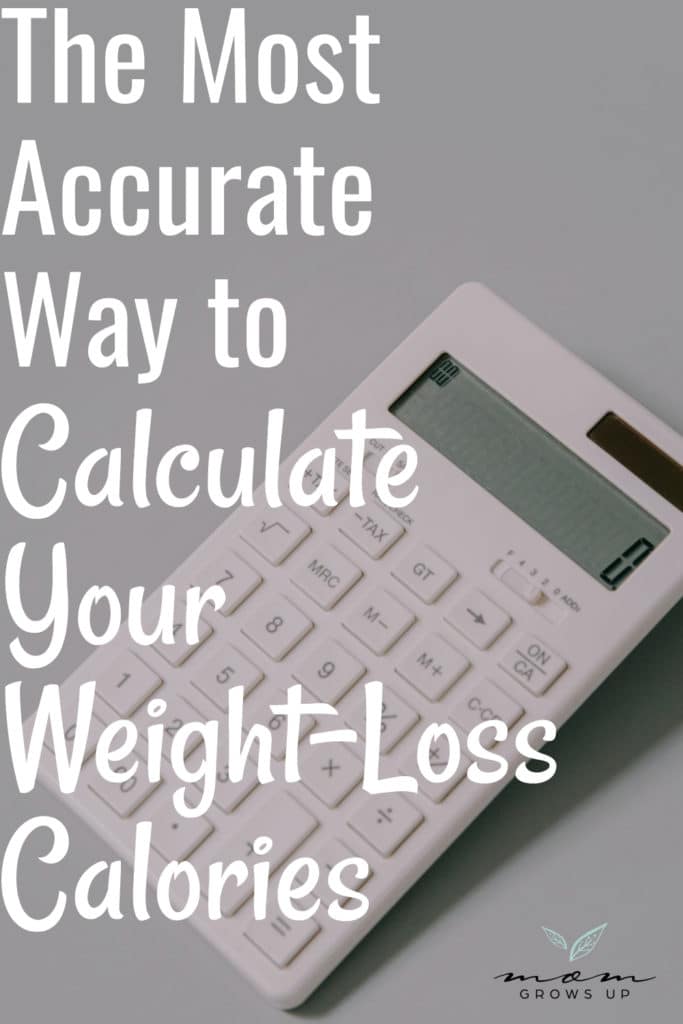How to Use the Live Free Planner
*This post contains Amazon affiliate links. I will receive a small percentage of the sale, at no additional cost to you, if you purchase through my link. Thanks for your support!
Thank you for purchasing the Live Free planner! I want you to take advantage of your planner’s full potential, and I want it to change your life for the better. Here is an in-depth look at how the Live Free planner came to be, as well as its design and purpose.
About the Planner
I made this planner for people who have tried every weight loss scheme out there. People who feel like they’re constantly dieting and failing, over and over again. Because that’s exactly where I used to be.
No matter what I tried, I just could not make anything stick. I rode the yo-yo diet rollercoaster most of my adult life. The problem is: 1. Diets are designed to be failed in the long run and 2. My mindset and behavior only made success that much more difficult.
My Habits Were a Problem
I didn’t realize my own behaviors and habits were sabotaging my weight loss efforts! That is, not until I started implementing one key daily ritual: self-reflection.
I started looking inward and thinking back on the choices I had made each day, why I made them, and how I felt about them. This small but powerful act of reflection increased my level of self-awareness. My choices became conscious decisions, and I started recognizing the patterns in which I operate. From there I began to see things like I’d never seen them before.
Once I made these realizations, I began planning my days with intention. For the first time I felt empowered in my weight loss efforts instead of drowned by them.
It didn’t even take that long
Just a few minutes each evening and I was prepared for the following day. I knew what to expect, where I needed to be and when, and what I would be eating.
This practice not only kept me on top of my day and my goals, but it also kept me mentally fit. When – not if, but when – my day didn’t go as planned, I wouldn’t feel like a failure because I had a Plan B ready to go. I adjusted. Rather than quitting when things fell apart, I grew accustomed to adapting. Then I started making real progress.
How to Use The Planner
Within the first few pages of your planner you will find a brief description of how to use it. These pages are labeled with “How To Use The Planner,” and it’s a great quick reference.
Here, however, I’d like to run through each section in detail so that you are able to fully utilize your planner as it is intended to be used. It’s so much more than the typical planner. It will help you stay organized in all aspects of your life including your weight loss and fitness journey.
The Live Free planner is ultimately designed to raise awareness. In the words of James Clear, “We must begin the process of behavior change with awareness.”
Please follow along as I explain each planner section below. Each section was created with intention and serves a purpose to keep you on track and feeling great.
Get in the Right Mindset
This section will assess your mindset at the beginning of your journey. The purpose of these questions is to identify and confront how you see and feel about yourself, and why you are motivated to change.
It’s important to be upfront and honest with yourself here. You will thank yourself later for being truthful about your thoughts and feelings now. In 3 months time, you will appreciate the growth and progress you’ve made even more, knowing exactly where and why you started.
It’s important to let yourself experience and document your innermost thoughts about yourself and your body. Write them down. Good or bad, they might shock you. Write them down nonetheless, and in 3 months, you will be pleasantly surprised by the positive changes you are making happen for yourself. Get ready to make yourself proud.
Set Some Goals
A Note About Goal Setting:
I used to be the WORST about making gigantic, unmeasurable goals. For one, my goals weren’t SMART: Specific, Measurable, Attainable, Realistic, and Time-Bound.
For two: I’d set unrealistic goals willy-nilly and, surprise, surprise, never hit them. I didn’t realize what my problem was until I read Atomic Habits by James Clear. In it he says, “Goals are about results, systems are the processes that lead to those results.”
I was setting goal upon goal, and all my focus was on where I was and where I wanted to be. I gave no thought to the in-between. The in-between is the systems and habits I needed to create and implement in order to achieve those goals.
Keep that in mind as you set your own goals. Your weekly and monthly goals should be results focused. Your daily schedule must be structured based on the systems necessary to reach those goals.
Set Some Goals
The goal section of your Live Free planner is where you will set your “big picture” goals for the next three months. Do your best to set realistic goals for the time period.
Keep in mind while you set these goals that the weight loss method within my program is slow and steady. This is proven to be the most enjoyable, sustainable, and lasting approach to weight loss.
In the beginning, you will set a realistic “end” goal, or goals, for what you’d like to accomplish by the end of the next 3 months. Each week thereafter, you will identify and write down a smaller, weekly goal that will support your 3 month goals. Every day you will work on creating daily habits and SYSTEMS that will help you hit your goals each week. Ultimately, this will result in the achievement of your monthly goals, and propel you closer to your dreams than you ever thought possible.
For example, here is my own, personal 3-month nutrition goal: “I will eat to fuel my body with nutritious foods 60% of the time, and eat to feed and comfort my soul 40% of the time.” You’ve no doubt heard of the 80/20 rule. Basically if you’re consistent with something 80% of the time, you can get away with inconsistency 20% and still reach your goals.
Nutrition goals
This concept beautifully applies to nutritional habits and goals, however, I’ve always lived with the numbers reversed. That’s due to the fact I eat mostly junk food.
I still managed to lose 20 pounds despite this. Hey, I lost 20 lbs eating brownies and nachos, thank you very much. I’m a hero!
Anyway, a nutrition goal of 80/20 would be much too hard for me to realistically, enjoyably achieve in a mere 3 months. I made my goal more attainable for me and my lifestyle. If I nail it, I will bump my goal up to 70/30 for the following 3 months. By the end of 9 months, I plan to achieve my final goal of 80/20.
Fitness Goals
The fitness goals, like the nutrition goal, also need to be realistic. If you are completely sedentary right now, setting a goal of running a 10k at the end of 3 months will just stress you out. You could start by making a step goal for the week, and breaking it down by the day.
Wellness Goals
In addition to your big picture fitness and nutrition goals, you will also set wellness goals. This can be anything, but I hope you use it to specifically address your mindset surrounding weight loss.
If you are accustomed to all-or-nothing thinking, perhaps this is a good place to write a goal that addresses that mindset. For example, “I will say kind things to myself when I go over my calorie goal.” Or “I will give myself grace when a day doesn’t go as planned.”
Read Eliza Kingsford’s book Brain-Powered Weight Loss if you need help with the wellness aspect.
Monthly Calendar
The monthly calendar, when used as intended, will show you the whole story of your weight loss journey. It will show you calorie eating patterns, and help you identify why you overeat.
You will begin to see how the foods you eat affect your body, mind, and the scale over the course of a month. This tool is pivotal when it comes to learning how weight loss will happen for you, and instrumental in finding the exact number of calories you need for weight loss. Use this section! It will change everything you thought you knew about your body’s ability to lose, gain, and maintain weight.
You will record your weight and total calorie intake for each day on the Live Free monthly calendar. I weigh myself every morning. I hope you will, as well, but it’s by no means necessary. Do what you are comfortable with. At the end of the month, fill in the boxes at the top of the calendar to assess that month’s progress.
Plan Your Month
You will also use the month view calendar like you would a plain ol’ planner in that you will write down your events and appointments for the month. Doing this in the Live Free planner, however, serves a bigger purpose than simply getting somewhere on time. This is how you will find correlations between your schedule and your eating patterns.
For example, you might discover you always get off track on days with appointments, or because of social events on the weekend. Circle your calorie total on the days you go over your goal calorie range. Cross-reference that with what you had going on that day and identify possible causes.
Now that you’re aware of the usual hiccups and challenges and, moving forward, you can better plan for them in the future. Circling the days you are over your calories will also show you at-a-glance just how consistent you are being, or have been, that month.
(pic)
I am a stay-at-home mom with very few pressing engagements in my monthly calendar. So I have been using my mostly empty monthly calendar to jot down notes about my day. How I’m feeling, what I did, what I’m proud (or not proud) of. At the end of the week, I can quickly understand why I made the choices I did. On the days I go over my calorie goal, I write down why or what caused it.
For example, because of my Live Free planner, I have noticed that I tend to overeat on days we have guests over. Now that I am consciously aware of this habit, I can plan and test out various methods to help me stay on track in these situations.
Foods I Want to Eat
Use this page to write down what you intend to eat that week. Choose foods that are both enjoyable AND supportive of your goals. I used to concoct the healthiest, most elaborate meal plans, buy all the ingredients I needed, and end up not making or eating any of the recipes. Most of the food wound up going bad and into the trash because I had no interest in preparing or eating it.
Make sure what you plan to eat is both nutritional and delicious. You have to want to eat the meals you plan. On top of that, you need to be realistic with your time and ability to make the food and recipes you plan for.
I am well aware of how quickly I burnout on my quest for health when I’m eating nothing but nutritious, healthy foods. So when filling out my own “Food I Want to Eat” section, I make sure to plan some meals that make me super happy. Pizza and sandwiches are my favorites, so they are intentionally peppered into my meal plans each and every week.
The Importance of Meal Planning
Planning is SO important when it comes to reaching your weight loss goals. I can say “I want to eat a healthy breakfast”, but that won’t automatically make it a reality.
If I open the fridge and the fastest, easiest thing to make is a cheesy bacon and egg sandwich, well, that’s what I’m gonna eat. For this reason, I’ve started considering the week ahead, and writing out a meal plan for each day in my Live Free planner in the daily section- complete with snacks.
This takes the guesswork out of my meals and snacks day in and day out. Considering there are 3 meals and multiple snacks to confront throughout the day, planning ahead takes a huge load off my shoulders. I don’t even have to think about it: simply follow the plan.
Pro-Tip: To help me consistently hit my goal of eating a healthy breakfast, I first plan a week’s worth of nutritious breakfasts to choose from. Each evening I decide what my breakfast will be the following morning. I write it down and that’s it. I have a plan and don’t need to think about what to eat when I wake up.
To take it a step further and increase the likelihood of success, you can write down what you will eat, where you will eat it, and at what time. Science has proven the more specific you are with your planning, the more likely you are to complete the desired action.
The Week Ahead
The week ahead pages are – get this – to plan for your upcoming week. Recall that your weekly goals should be focused on the systems and routines you need in order to reach your bigger quarterly goal(s).
Remember, my quarterly nutrition goal is eating healthy foods 60% of the time. In order to work toward this larger goal, my weekly nutrition goal for the first month is simply to eat a healthy breakfast.
After consistently eating a healthy breakfast that first month, I will build upon that success. My smaller, weekly goals will then become to eat a healthy breakfast and a healthy snack.
If I struggle to eat that healthy breakfast, I’ll analyze why and either try again or change my approach. My weekly goals will progress and expand from there, so on and so forth. For example, eventually my weekly goals will be to eat a healthy breakfast, a healthy snack, and to replace potato chips with apple chips at lunchtime.
Hurdles and Solutions
The hurdles and solutions area within :The Week Ahead” section is for preparing for and troubleshooting situations and potential challenges that might interfere with your plan in the days to come.
For example, a potential hurdle might be attending an upcoming birthday party and surrounded by high-calorie snacks. Write it down and brainstorm solutions. To curb the temptation to eat snacks at the party, perhaps drinking plenty of water and eating a satiating, healthy snack or meal beforehand would be a good plan.
Hurdles can be anything that might have the power to derail your weight loss efforts. Almost anything can throw a wrench into the weight loss works, and it’s important to have a plan to circumvent these hurdles so you can more efficiently reach your goals.
Weekly calendar
Your weekly calendar is similar to other, regular planners, but includes a few added perks to help keep you focused on your goals. This is where you’ll schedule your daily fitness and exercise, plan your meals from one day to the next, and jot down any errands and/or commitments you have during the week.
At the top of each day you will find two circles next to the date, one with a person and one with an apple. After you finish your day if you stuck to your fitness and eating plan, you fill those in.
The weekly calendar will help you to create systems that will get you closer to your goals. My 60/40 goal will be achieved because of my intentions and follow through on a daily basis.
Each night I decide what my healthy breakfast will be in the morning. I might even plan and schedule to make my breakfast ahead of time. Sometimes I leave out ingredients, even the utensils and dishes I’ll need to prepare my healthy breakfast so everything is all ready to go the next day.
I am making the healthy choice I want to make also the easiest, most convenient choice to make. Eventually the automatic choice will be the healthy one because of the system I’m creating and the habits it forms.
Daily Reflection
Use the daily reflection portion of the column to look back upon your day. Assess whether or not you stuck to your plan, and why. This is not a space in which to beat yourself up, but rather give you an understanding of your choices and why the day went the way it did.
This awareness makes it easier to adjust, if necessary, as you move forward. Please know, no matter what, you are always moving forward. Some days will look beautiful on paper, and some will look U-G-L-Y. Either way, the most important thing is to keep going!
Weekly Reflection
The weekly reflection is a broader look at your week as a whole. Did the majority of your days go as planned? Great! Did you find yourself consistently off plan? That’s ok, too.
You are learning what works, or doesn’t work, for you. Depending on how your week went, use your weekly reflection to either keep doing what you’re doing, or to improve your systems and habits going forward.
3 month Reflection
At the end of the quarter, you will fill out the 3 month reflection. Before you fill this out, take a moment to look back at your reflection and thoughts from day 1.
Growth often happens in small increments, not at the expedited pace we all wish it would. It’s helpful to look back and remind yourself of where you started three months ago, mentally and physically. Take a moment to acknowledge areas of growth, no matter how big or how small.
What now?
At the end. of the 3 months, I hope. you have started to see the changes in yourself. I hope you found a way to enjoy the weight loss process and learn more about your eating patterns.
Ultimately, I hope you purchase another planner and continue the slow, but sustainable path to lasting life long weight loss-on your terms with your rules.
Please email me or comment below any of the things you learned while using the Live Free Planner, and if you haven’t done so already, come join my weight loss community – Mom’s kids. Where. you will find the most supportive group of people I’ve ever known.
